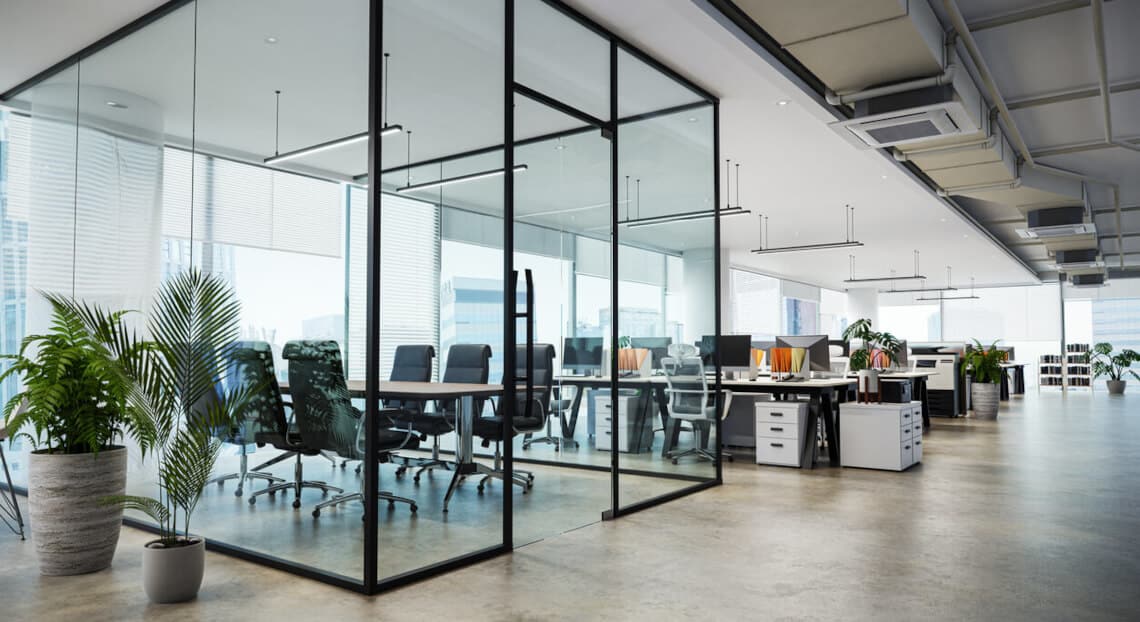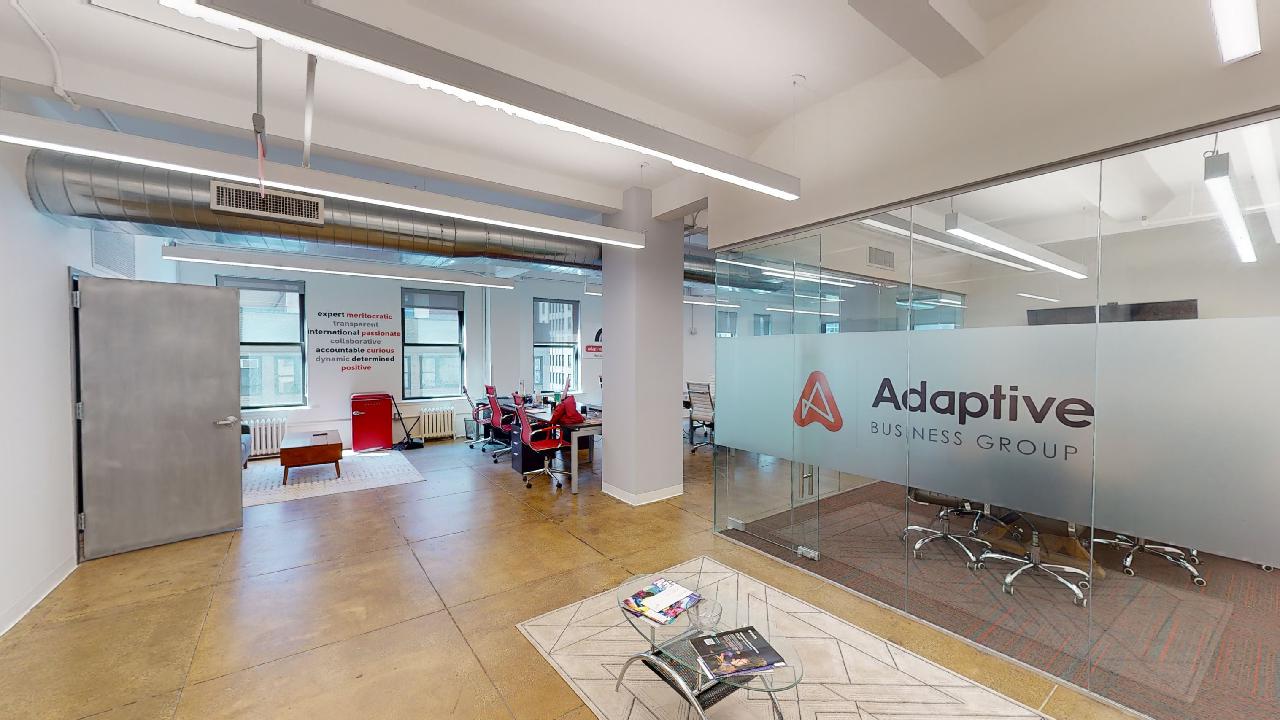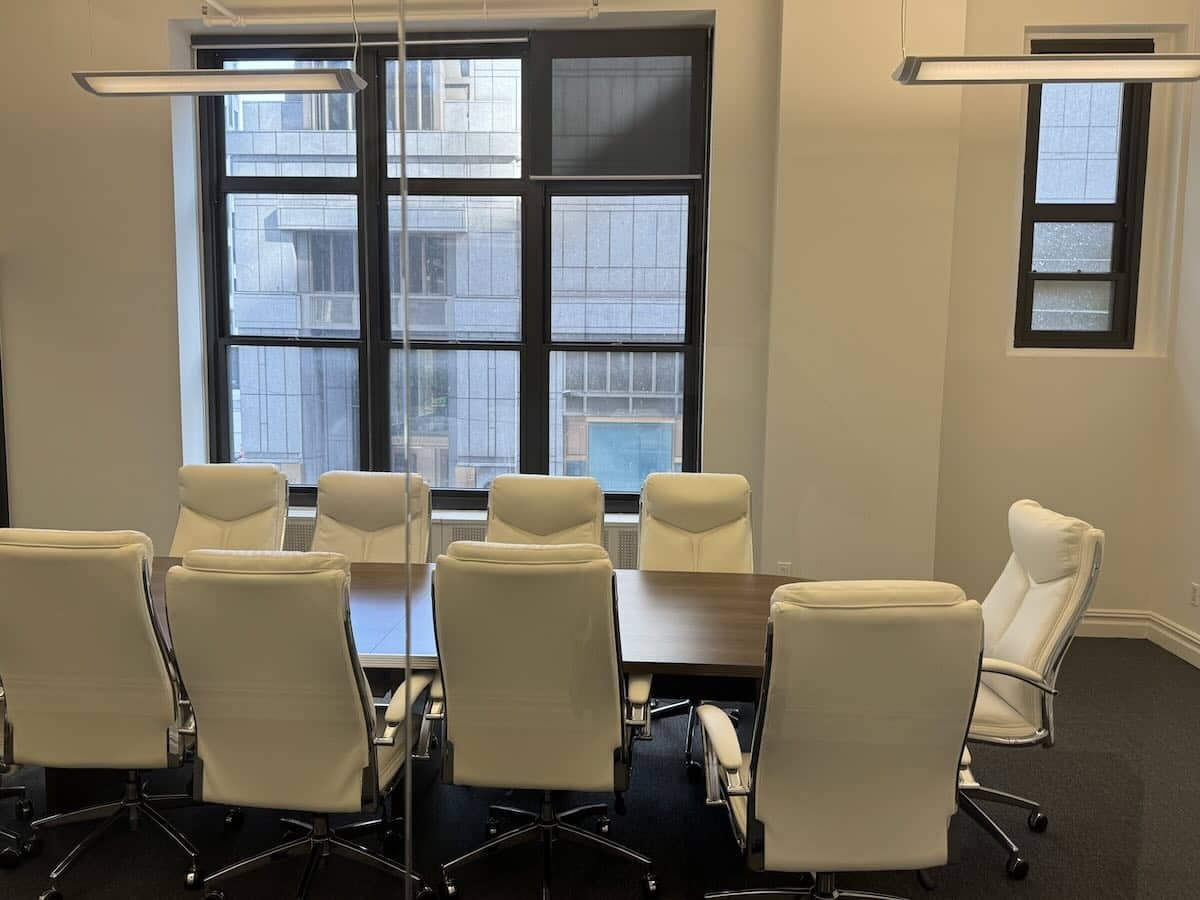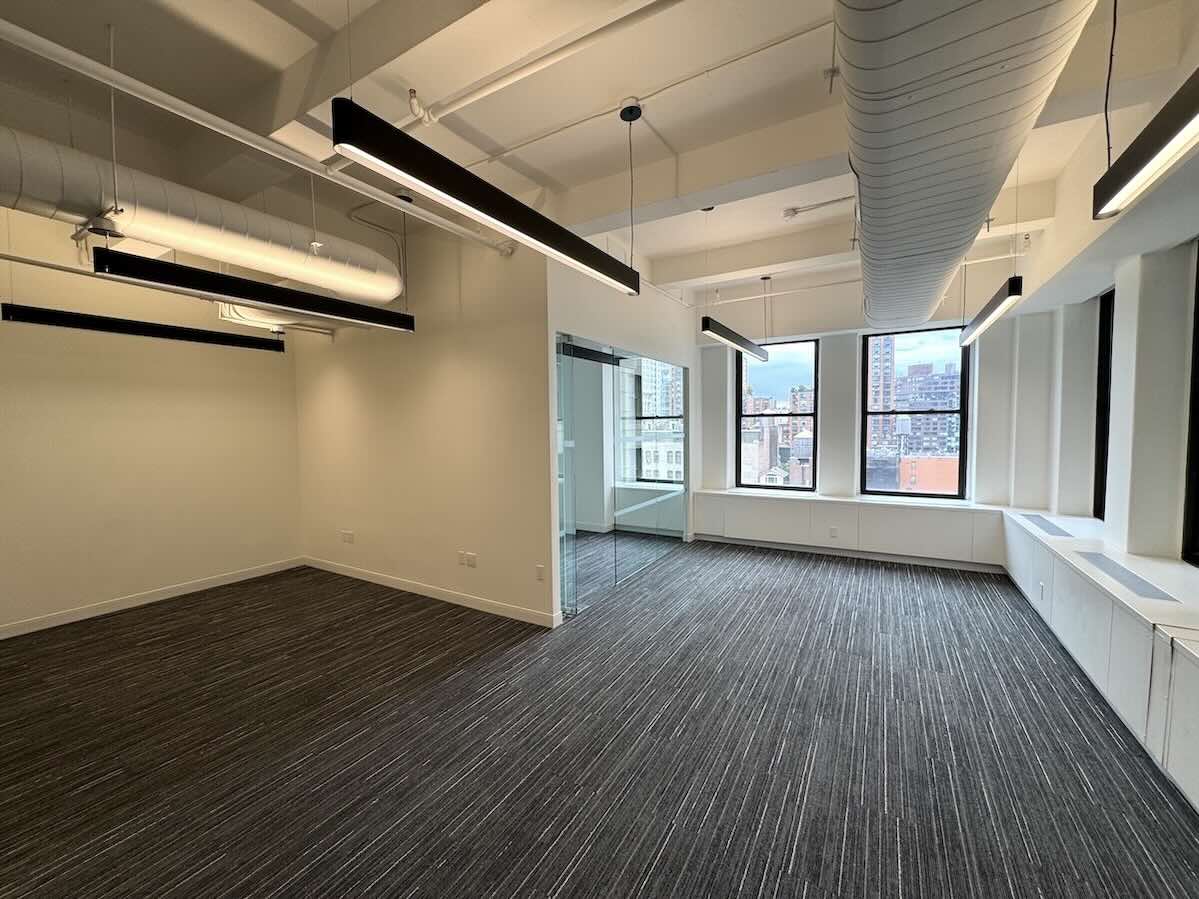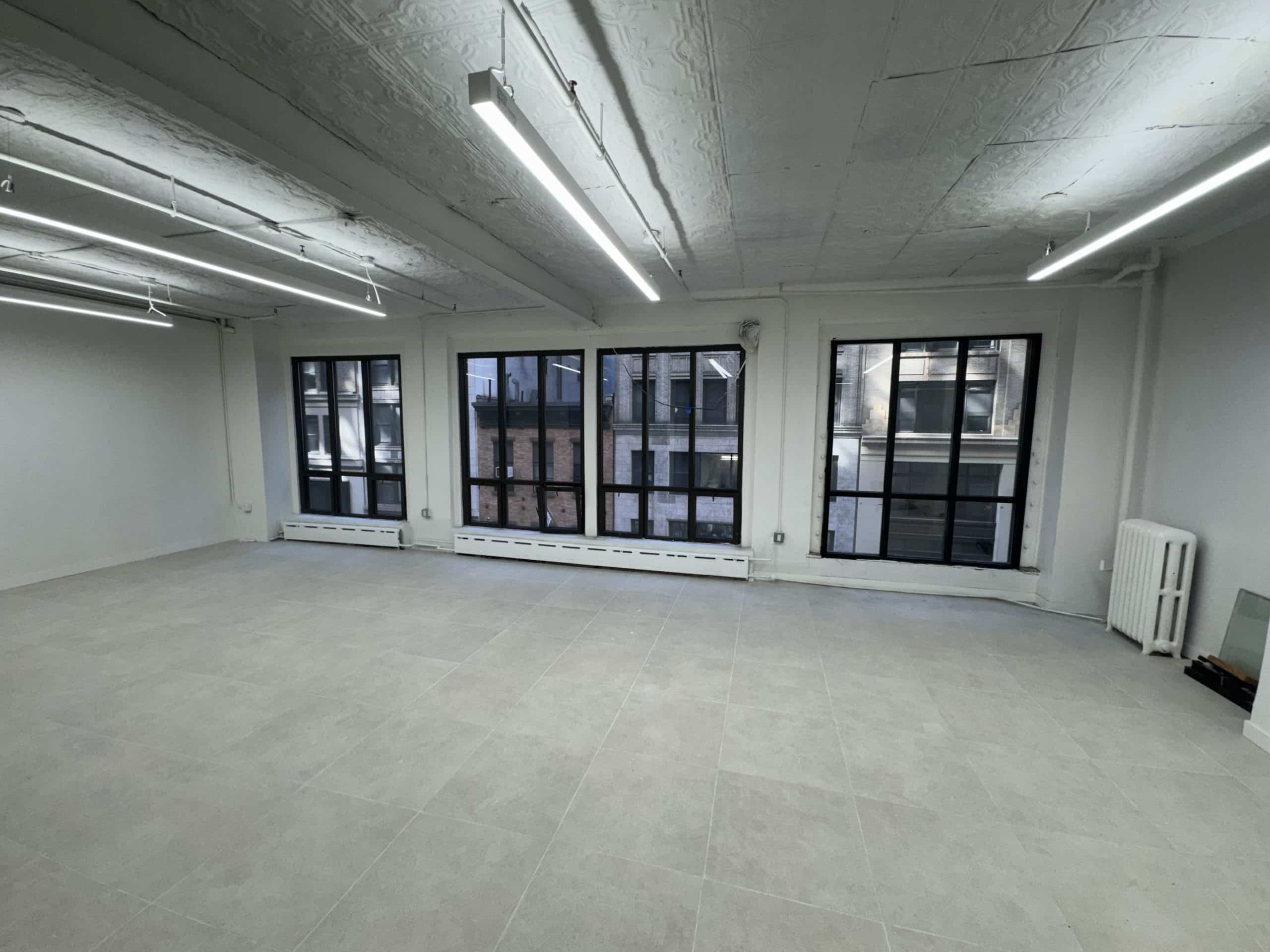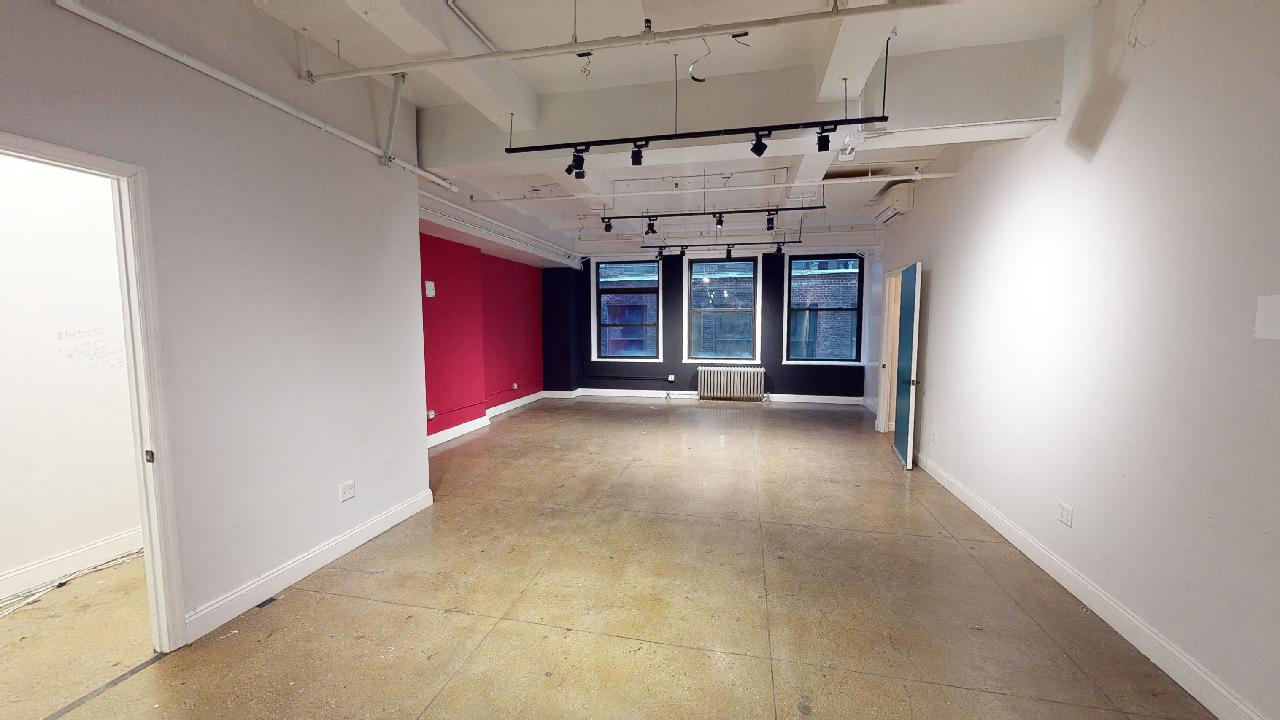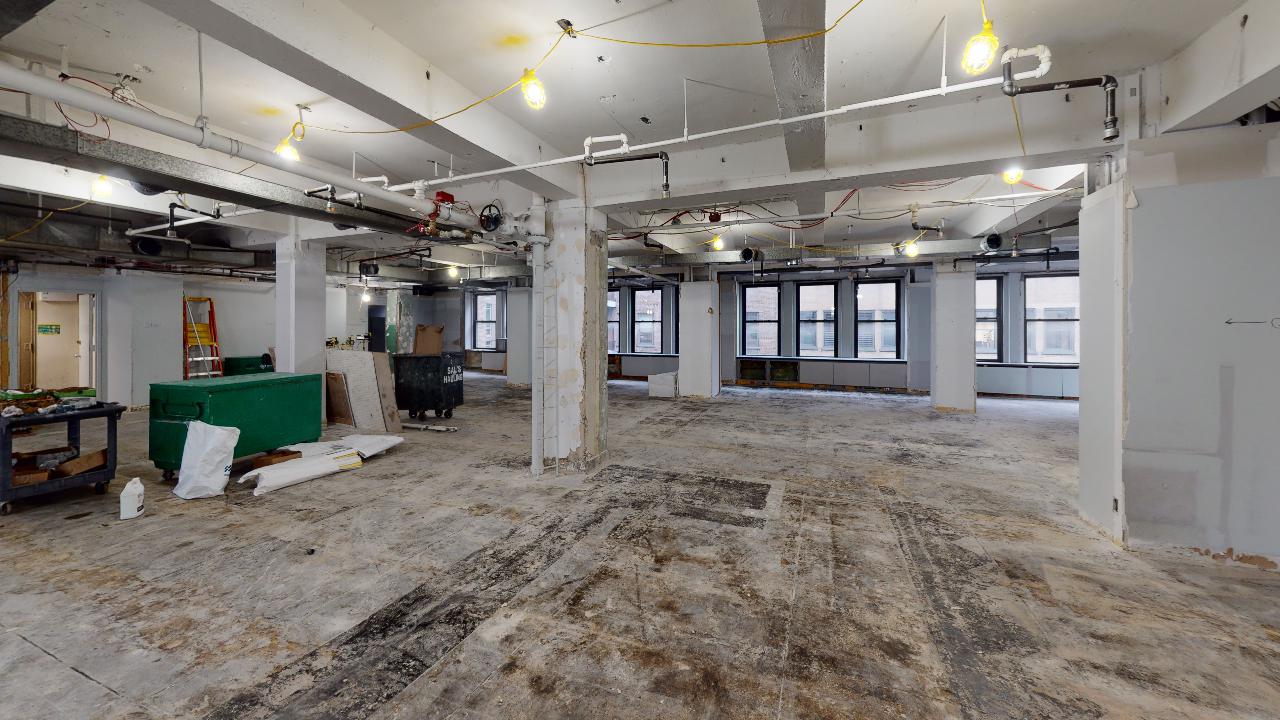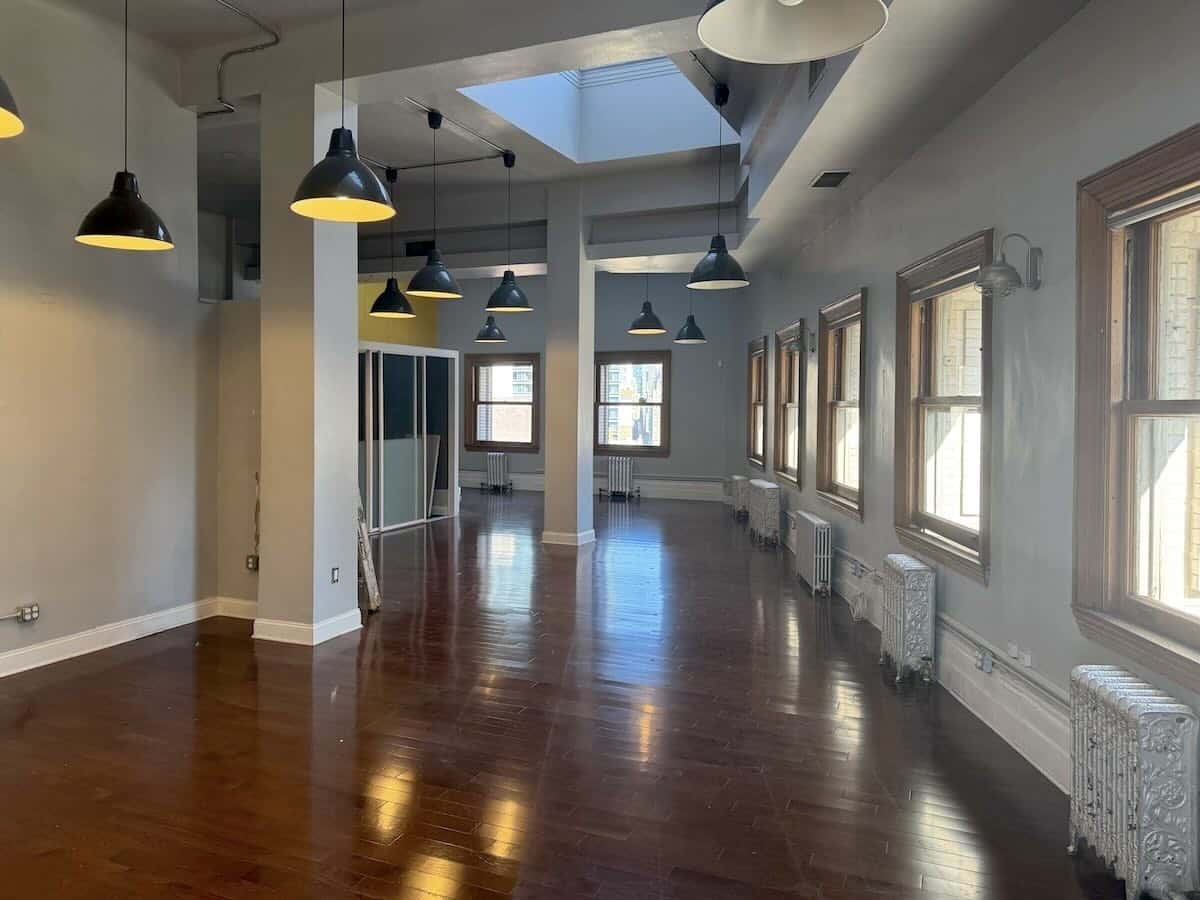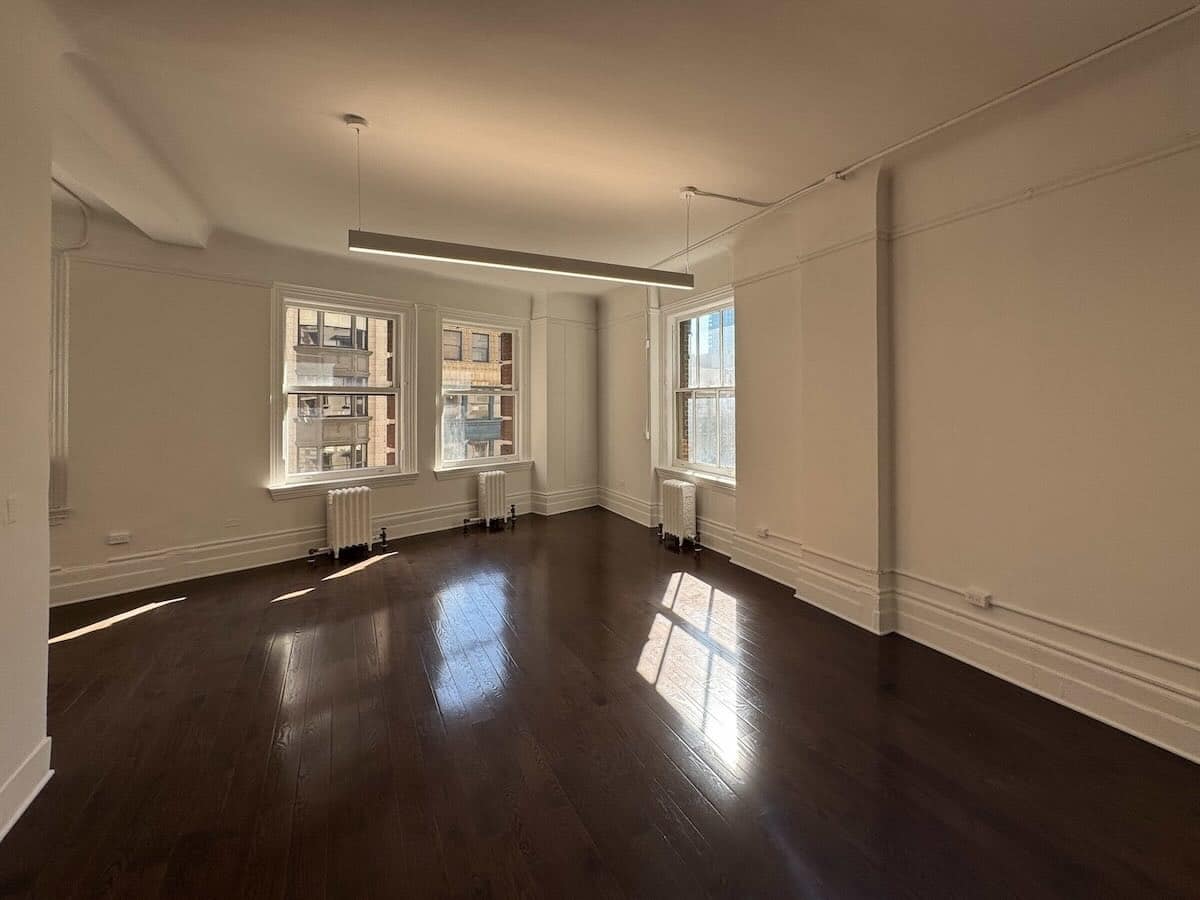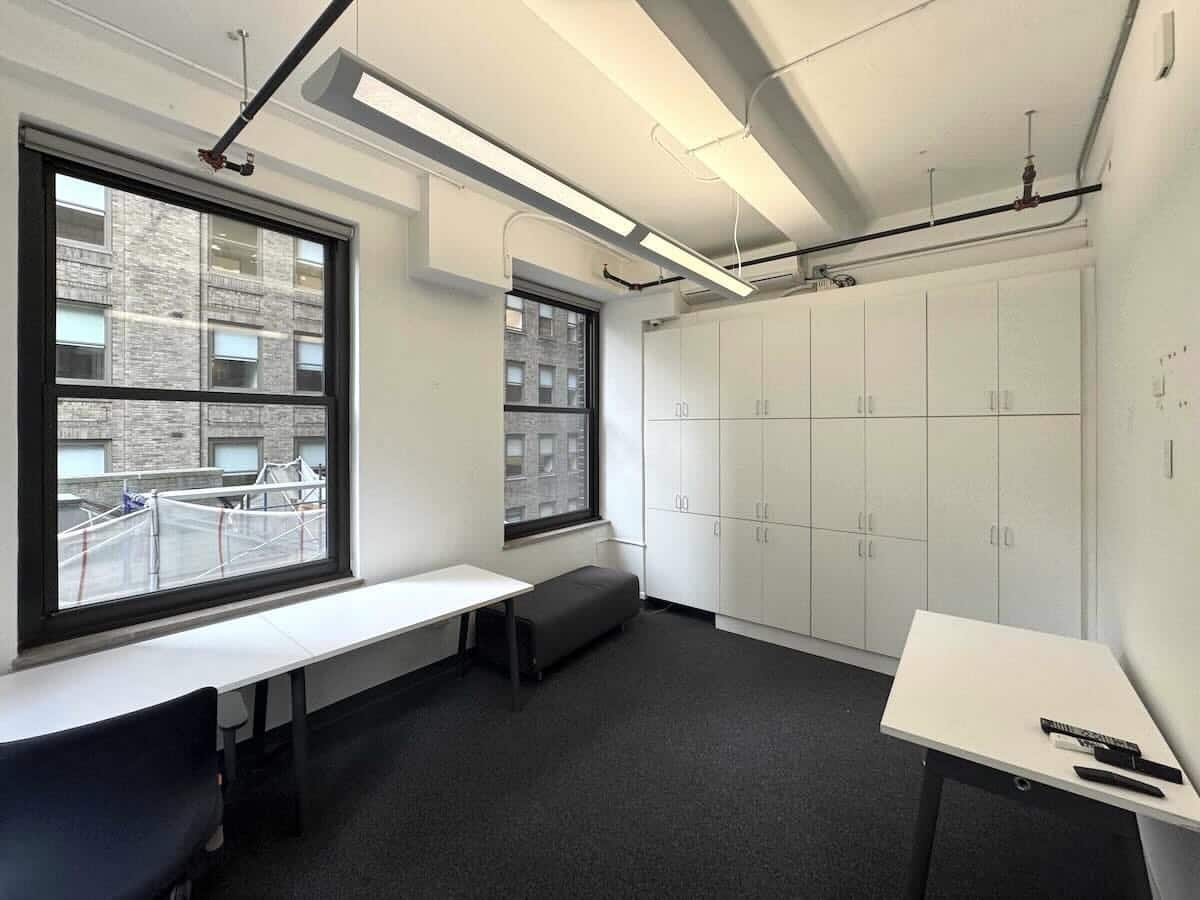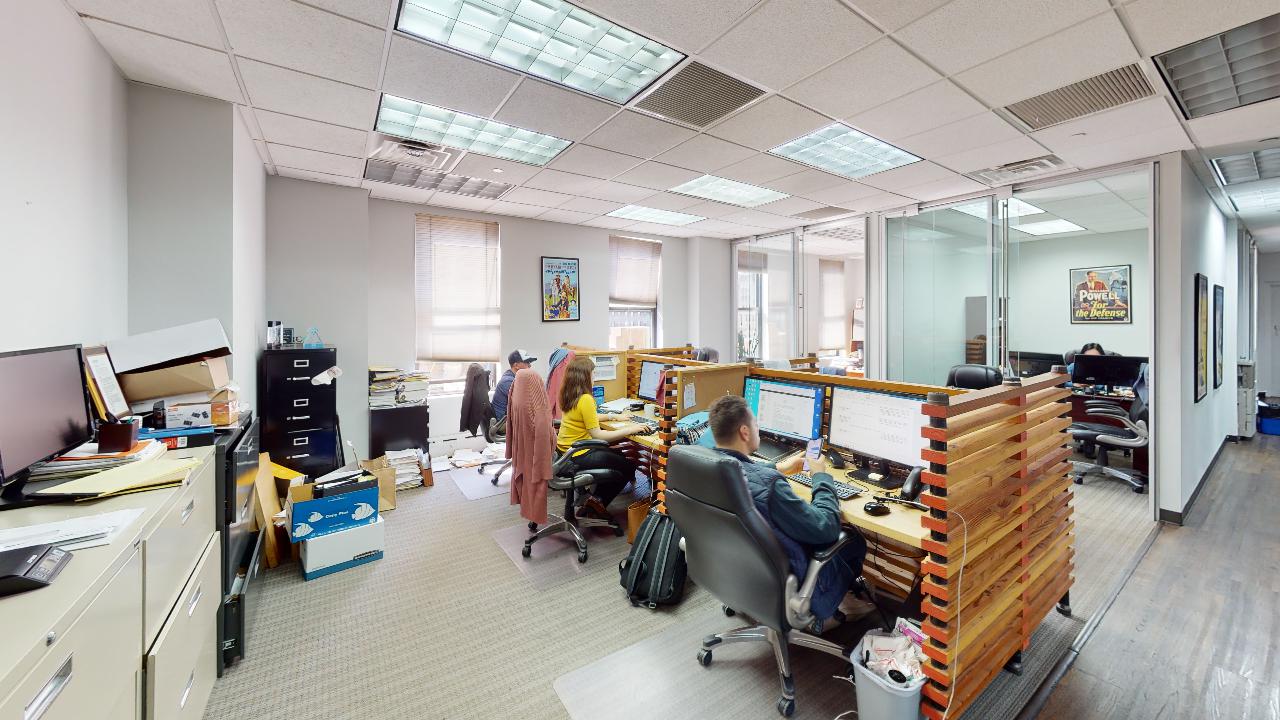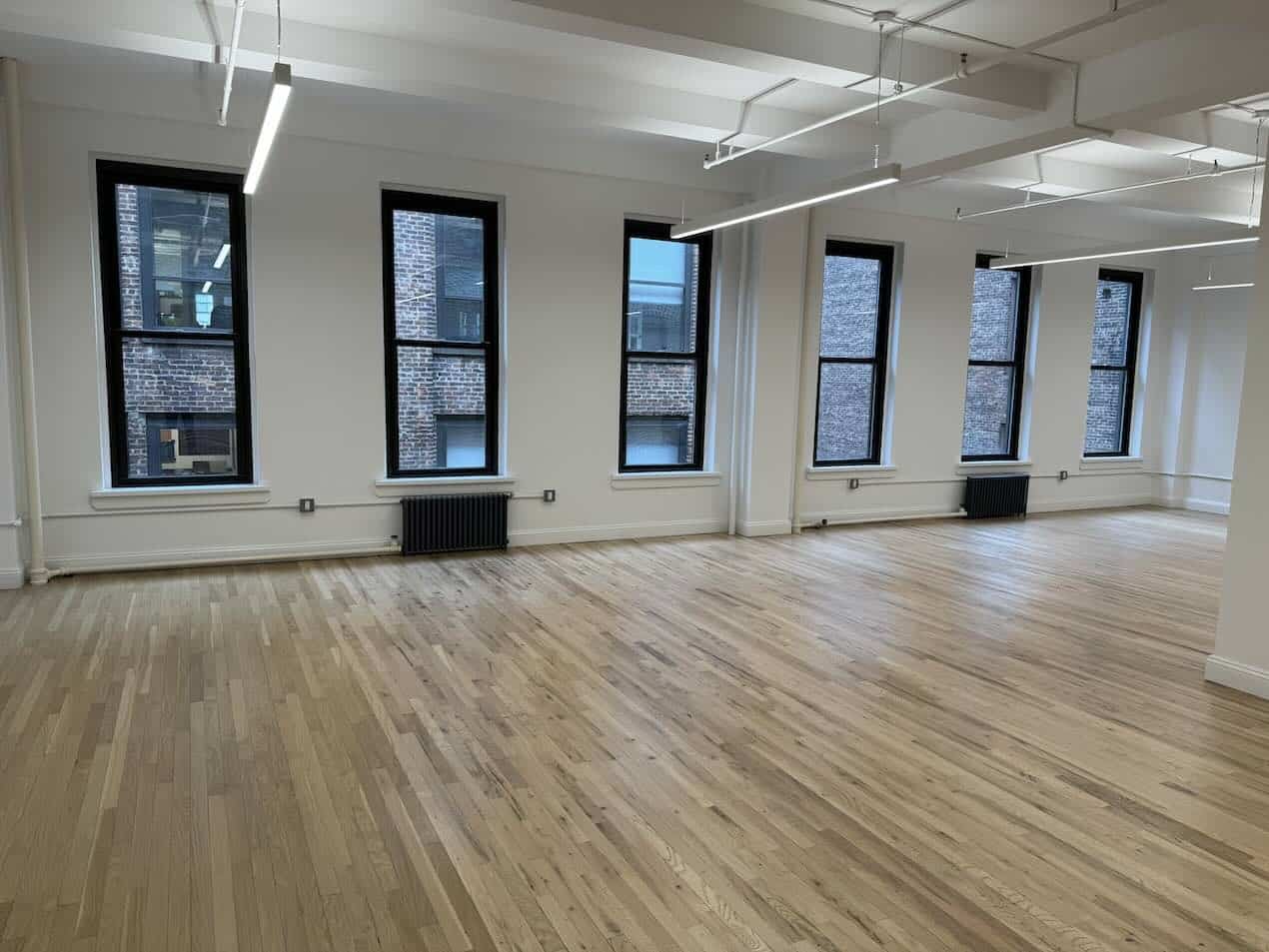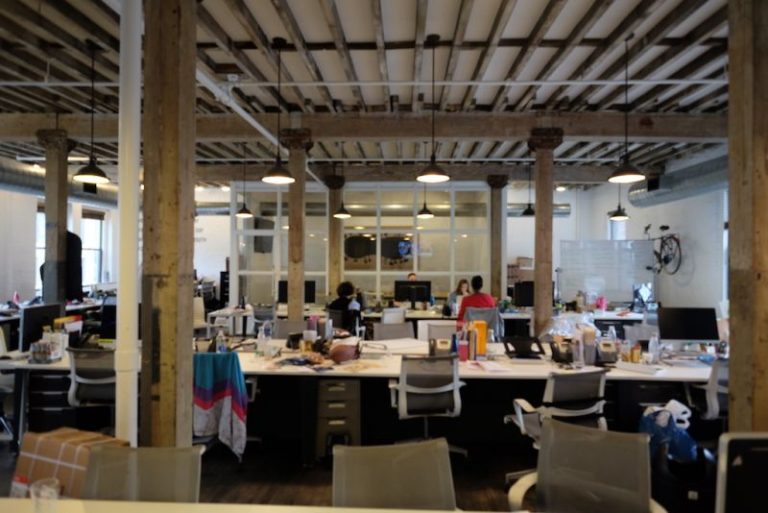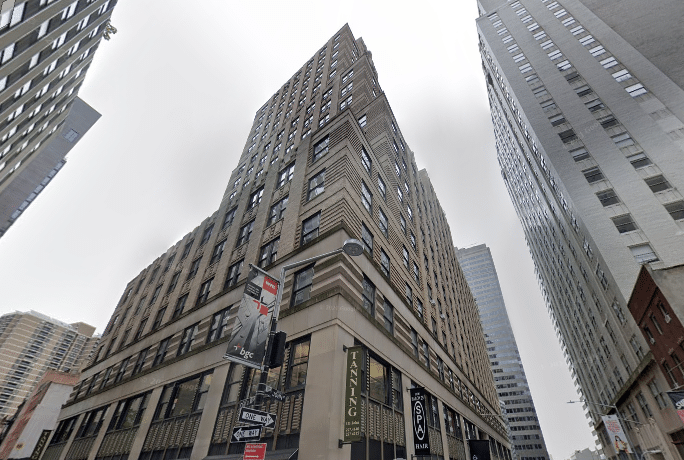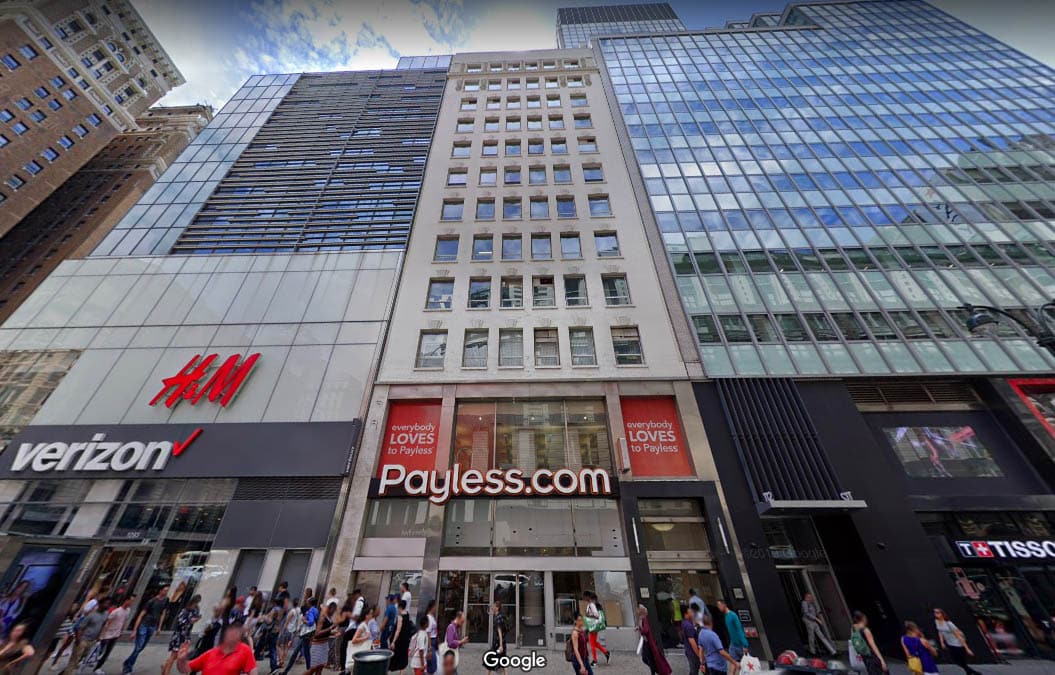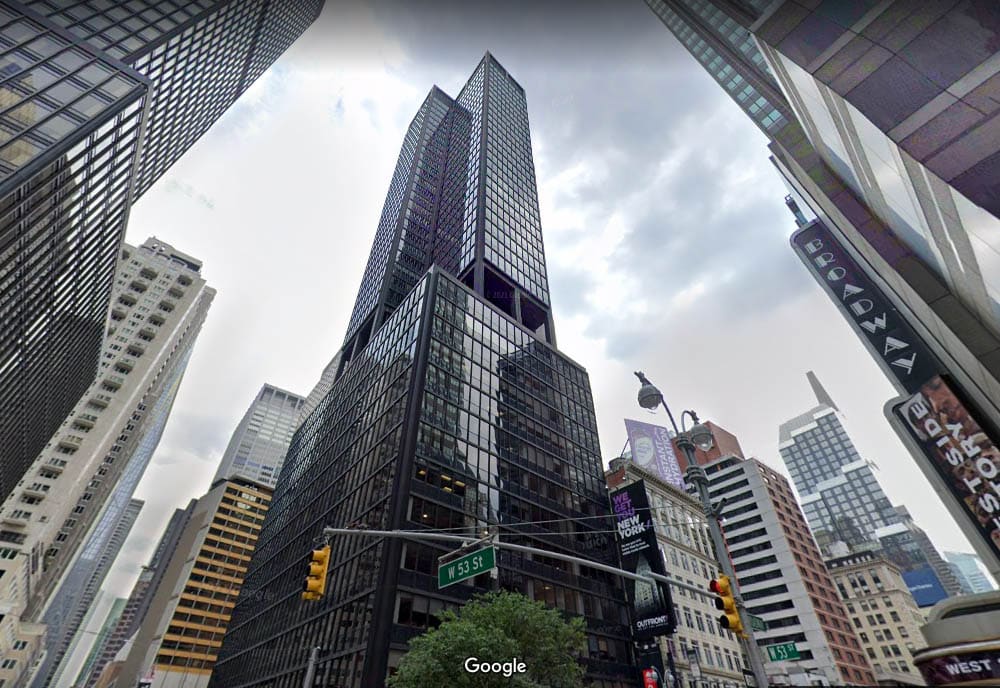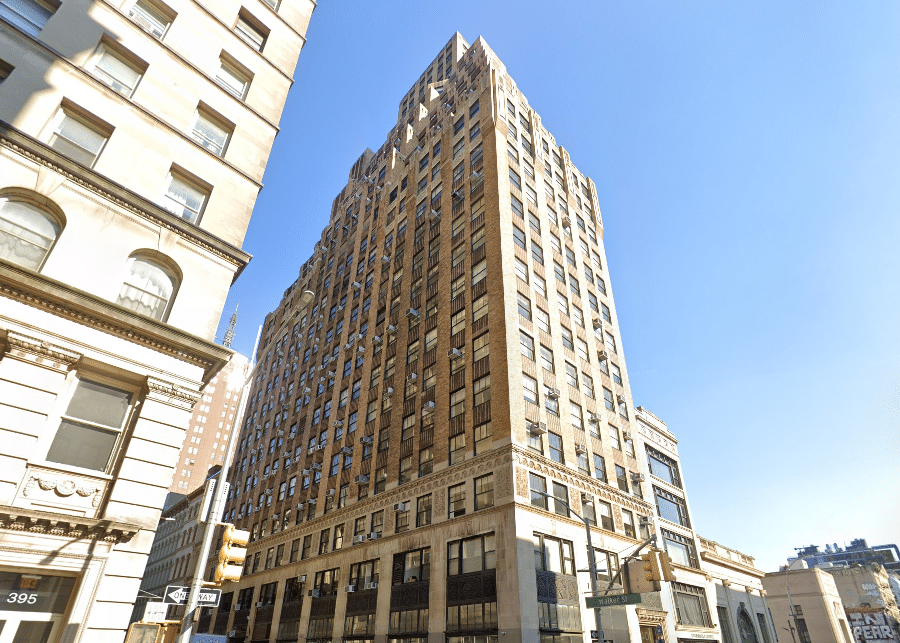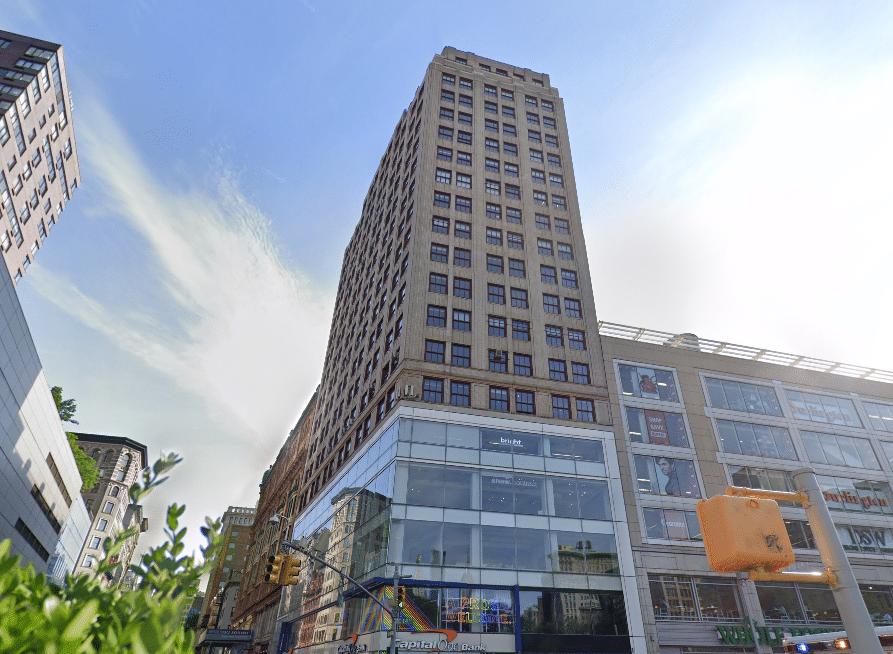Before you finalize your lease for that new office space, you’ll want a clear understanding of what the landlord covers in the build-out and what will fall on your shoulders. As you tour potential spots, remember that many will initially appear rundown or outdated. Here lies the challenge and the opportunity: to see beyond the present condition and imagine what the space could become. What role do office fixtures play in all of this?
Office fixtures in commercial real estate—essential elements like blinds, built-in cabinetry, and specialized floor treatments—transform a space from a bare shell into a functional, welcoming office. Yet, these are often the tenant’s responsibility to install and finance. Landlords typically handle the larger structural elements, such as sheetrock walls and conference rooms, which form the backbone of your office’s layout and functionality.
So, with that being said, here’s what you should know about this division of responsibilities before signing a lease, office fixtures, and how to get the most bang for your buck.
What to Expect with Office Build-Outs
When you’re looking at new office spaces for your business, you’ll want to know what types of build-out costs the landlord will typically cover. Think of these features as the baseline perks that come with the space—things that make moving in easier and your daily work life more comfortable. Here’s a straightforward rundown of what you can expect:
- Sheetrock Walls: These are your blank canvas. Whether you want a bunch of cozy offices or a big, breezy open space, you can set it up just how you like
- Conference Rooms: Ready from day one, these are perfect for all your important meetings and brainstorm sessions. It’s a major plus to have a professional space to gather without needing any setup.
- Wet Pantries: A mini-kitchen setup with all the essentials like a fridge and microwave can be a game-changer. It means fewer coffee runs and more time being productive (or just enjoying lunch breaks right in the office).
- Glass Inserts: These add a modern touch, keeping things feeling open and light without sacrificing privacy. It’s all about making the office feel bigger and brighter.
- Luxury Touches: In more modern trophy class A buildings, you might find upgrades like real hardwood floors or smart tech setups. Landlords will also provide and install electrical distribution, HVAC, and plumbing if there’s a wet pantry or bathroom.
Movable Items and Office Fixtures: Items Typically Not Covered by Landlords
When setting up a new office, you’ll want to understand what your landlord will and won’t cover. Tenant Improvement Allowances (TIAs) help with some costs but don’t cover everything. Typically, TIAs focus on permanent improvements that add value to the property, like walls and electrical work. Yet, they leave out many movable items and fixtures. Below is what could qualify:
Commonly Excluded Fixtures
Blinds and window treatments are often not covered by TIAs because they’re considered personal preferences rather than essential improvements. For instance, high-quality blinds can cost between $50 and $200 per window, and custom treatments can be even pricier. Since these items vary significantly in style and cost, landlords usually leave them up to the tenant. To manage these costs, you might negotiate them into your lease or plan to budget for them separately.
Built-in cabinetry and specialized furniture are another expense that typically falls on tenants. Custom cabinetry can range from $500 to $1,200 per linear foot, depending on the materials and design. Landlords exclude these from TIAs because they are tailored to specific needs and might not suit future tenants. For example, a tech company’s custom storage solutions will differ vastly from those a law firm needs. This approach keeps the space adaptable for different tenants down the line.
Floor Treatments and Movable Items
Hardwood floors are a luxury many tenants desire, but they come with a hefty price tag—about $8 to $14 per square foot. Most landlords provide a more economical carpet allowance, usually around $3 per square yard. If you prefer the look of hardwood without the cost, consider Pergo or other laminate flooring options, which cost about $2 to $4 per square foot. This way, you can get the desired aesthetic without breaking the bank.
Movable items, like electronic equipment and specialized business tools, are always the tenant’s responsibility. Whether it’s servers, workstations, or specialized machinery, these can range from a few hundred to several thousand dollars. These items are specific to your business operations and don’t add value to the property for future tenants. Therefore, you’ll need to budget for these expenses to make sure your business can function smoothly in the new space.
Strategies for Maximizing Build-Outs and Improvements
Negotiation is your secret weapon for clinching the best deal on your commercial space. However, if you’re not a negotiation pro, consider adding a commercial real estate broker to your team. They excel at cutting through complex lingo and advocating for terms that benefit you the most. Moreover, their expertise can go a long way in landing you a generous TIA and the office of your dreams without emptying your wallet. Here are some top strategies your broker can help with:
Negotiating Higher TIAs
Securing a higher TIA can significantly reduce your out-of-pocket expenses for office improvements. One effective strategy is to commit to a longer lease term. For instance, agreeing to a 10-year lease instead of a 5-year one can often persuade landlords to increase your TIA. Another tactic is to demonstrate your company’s financial stability and long-term potential. Detailed financial statements and future growth projections can reassure landlords of your reliability, encouraging them to invest more in your build-out.
Creatively Using TIAs
Once you’ve secured a TIA, using it creatively can maximize its value. Focus on high-priority improvements that enhance the functionality and appeal of your space. For example, concentrate on key areas like high-quality flooring or advanced lighting systemsinstead of spreading the allowance thinly across multiple minor upgrades. Specifying these details in your lease agreement is crucial to avoid misunderstandings. Make sure all agreed-upon uses of the TIA are clearly documented, including any plans for rolling over unused funds into future improvements or rent abatements.
Sharing Costs of Custom Improvements
In some cases, landlords and tenants can share the costs of custom improvements, particularly for high-end features that enhance the property’s value. For example, premium finishes can add to your build-out costs. So, you might negotiate a cost-sharing agreement with your landlord. Structuring these negotiations can involve splitting costs based on the proportion of the lease term you’re committing to or agreeing on a cap for landlord contributions towards these enhancements.
Final Words
Moving into a new commercial space can be exciting. Still, it’s important to understand the improvements that the landlord will reasonably make. Doing so will help you evaluate the space and make informed real estate decisions. Especially if you know these details upfront, you can avoid unexpected expenses and better plan your budget.
Negotiation is the key to making this happen. Getting everything clear and squared away upfront will help you make the most of your TIA and understand exactly what build-out costs the landlord will handle and what will fall on your shoulders. Most importantly, regarding office fixtures. If this sounds overwhelming, don’t sweat it—this is where a savvy commercial broker comes in. They can help you through the complexities and secure the best possible deal. If you follow this blueprint to create a workspace that’s not only functional but also a perfect fit for your business, your team will love it, and so will you.
